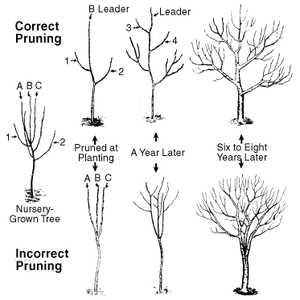- The Importance of Flowering for a Bountiful Cherry Harvest
- Why is Flowering Important?
- Factors Affecting Flowering
- Maximizing Flowering and Cherry Yield
- Understanding the Role of Flowering in Cherry Production
- The Flowering Process
- Pollination and Fruit Set
- Factors Affecting Flowering and Pollination
- Maximizing Yield through Flowering Management
- Maximizing Flowering for Optimal Cherry Yield
- 1. Provide Adequate Sunlight
- 2. Prune Regularly
- 3. Fertilize Appropriately
- 4. Ensure Adequate Watering
- 5. Consider Pollination
- 6. Protect from Frost
- The Best Time to Promote Flowering in Cherry Trees
- Understanding Cherry Tree Flowering
- Promoting Flowering
- Conclusion
- Essential Factors for Successful Flowering in Cherry Orchards
- 1. Temperature
- 2. Sunlight
- 3. Soil Conditions
- 4. Pollination
- 5. Pruning
- 6. Pest and Disease Control
- Techniques to Enhance Flowering in Cherry Trees
- 1. Pruning
- 2. Fertilization
- 3. Cold Temperatures
- 4. Pollination
- 5. Pest and Disease Management
- The Impact of Pollination on Cherry Fruit Set
- The Basics of Pollination
- The Role of Pollination in Cherry Fruit Set
- Influencing Factors
- Maximizing Pollination and Fruit Set
- Conclusion
- Biological and Chemical Methods to Promote Flowering in Cherry Trees
- 1. Biological methods
- 2. Chemical methods
- Question-answer:
- Why is flowering important for a cherry harvest?
- How can I ensure maximum flowering for my cherry trees?
- What are some common mistakes that can lead to poor flowering?
- Can I use chemical fertilizers to enhance flowering?
- Are there any natural methods to increase flowering in cherry trees?
- What is the best time to prune cherry trees for optimal flowering?
- Video: RTX 2080 TI Owners reaction to the reveal of RTX 3070

If you’re a cherry lover, you know that the key to a delicious harvest lies in the quality and quantity of the fruit. And one crucial factor that often gets overlooked is the flowering stage. Many cherry farmers focus solely on the fruiting stage, but it’s during flowering that the foundation for a bountiful harvest is laid.
During the flowering stage, cherry trees produce beautiful blossoms that give way to the cherries we love. These blossoms are not only visually stunning but also play a vital role in pollination. Bees and other pollinators are attracted to the vibrant flowers and help transfer pollen from one blossom to another. This process is essential for fruit set and the development of quality cherries.
By maximizing the flowering stage, you can significantly increase your cherry yield. Research has shown that proper management practices during flowering can boost yield by as much as 80%. So, what can you do to ensure your cherry trees have an abundant flowering period?
First, make sure your trees are healthy and well-nourished. Cherry trees that are in good health will produce more flowers and, in turn, more fruit. Regular pruning, proper fertilization, and adequate water supply are all essential for tree health.
Second, provide a friendly environment for pollinators. Bees and other pollinators are crucial for successful pollination. Planting native flowering plants near your cherry trees will attract these pollinators and increase the chances of a bountiful harvest.
In conclusion, don’t overlook the importance of the flowering stage when it comes to cherry production. By giving proper attention to flowering and implementing the right practices, you can maximize your cherry yield by 80% or more. So, take the time to care for your cherry trees during this critical stage, and you’ll be rewarded with a bountiful harvest of delicious cherries.
The Importance of Flowering for a Bountiful Cherry Harvest
Flowering is a critical stage in the growth and development of cherry trees. It is during this time that the trees produce the flowers which eventually transform into the delicious cherries we all enjoy. Understanding the importance of flowering and taking steps to enhance this process is key to maximizing your cherry yield.
Why is Flowering Important?
Flowering is the first step towards fruit production in cherry trees. It is during this stage that the flowers are pollinated, leading to the formation of fruit. Without proper flowering, there will be no cherries to harvest.
Additionally, the timing of flowering is crucial. Cherries bloom during specific periods depending on their variety and climate conditions. Too early or too late flowering can result in a reduced yield or no fruit at all. Therefore, it is essential to pay close attention to the flowering stage and make necessary adjustments to ensure optimal blooming.
Factors Affecting Flowering
Several factors influence the flowering process in cherry trees:
- Chill Hours: Cherry trees require a certain number of hours of winter chilling to promote uniform and vigorous flowering in the spring. Without sufficient chill hours, the trees may not flower properly.
- Temperature: Extreme temperature fluctuations during the flowering period can disrupt the process and lead to reduced fruit set. Ideal temperatures for cherry flowering range between 50°F (10°C) and 77°F (25°C).
- Pollination: Some cherry varieties are self-pollinating, while others require cross-pollination from a different cultivar. Ensuring proper pollination is important for fruit set and maximizing yield.
- Pest and Disease Control: Certain pests and diseases can interfere with flowering, causing damage to the flowers and reducing fruit production. Implementing effective pest and disease control measures is crucial to protecting the flowering stage.
Maximizing Flowering and Cherry Yield
To maximize flowering and ultimately achieve a bountiful cherry harvest, consider the following tips:
- Provide Adequate Chill Hours: Ensure your cherry trees receive enough winter chilling hours by selecting appropriate varieties and planting them in suitable locations.
- Monitor Temperatures: Keep a close eye on temperature fluctuations during the flowering period and take protective measures if necessary, such as using frost covers or sprinkler systems.
- Promote Pollination: If you have self-unfruitful cherry varieties, plant companion trees or utilize bee hives to encourage cross-pollination.
- Maintain Healthy Trees: Implement proper pest and disease management practices to safeguard your cherry trees from potential threats that could impact flowering and fruit set.
By prioritizing the flowering stage of your cherry trees, you can significantly increase your yield and enjoy a bountiful harvest of delicious cherries. Taking the necessary steps to optimize flowering conditions will ultimately lead to healthier trees and more abundant fruit production.
Understanding the Role of Flowering in Cherry Production
Flowering plays a crucial role in the overall production of cherries. It is during the flowering stage that the cherry tree develops the flowers that will eventually turn into the delicious fruits we enjoy. Understanding the dynamics of flowering can help cherry farmers maximize their yield and ensure a bountiful harvest.
The Flowering Process
The flowering process of cherry trees is influenced by various factors such as temperature, light, and cultivar. It typically occurs in the spring, when the weather starts to warm up. The tree buds begin to swell, and eventually, the flowers start to emerge.
Cherry trees have two distinct types of flowers: perfect flowers, which have both male and female reproductive parts, and male flowers, which only have stamens. The perfect flowers are the ones that will develop into cherries, while the male flowers play a crucial role in pollination.
Pollination and Fruit Set
Pollination is the process of transferring pollen from the male flowers to the female flowers. This transfer can occur through various mechanisms, including wind, insects, or even human intervention. Once pollination is successful, the fertilized flowers begin to develop into the fruit.
The fruit set, or the percentage of flowers that develop into mature fruit, is directly influenced by the effectiveness of pollination. Adequate pollination ensures that a higher percentage of flowers develop into cherries, resulting in a higher yield.
Factors Affecting Flowering and Pollination
Several factors can influence the flowering and pollination process of cherry trees. Temperature is one of the most critical factors, as it determines when the flowers will emerge and how long they will stay open. Some cherry cultivars are more tolerant of colder temperatures, while others require a specific number of chill hours to bloom successfully.
Another crucial factor is the availability of pollinators such as bees, butterflies, and other insects. These pollinators are responsible for transferring pollen between flowers, ensuring successful fertilization. Maintaining a healthy and diverse ecosystem around the cherry orchard can help attract and support pollinators.
Maximizing Yield through Flowering Management
To maximize cherry yield, farmers can employ various strategies to manage the flowering process. These strategies include pruning, which helps control the number of flowers and promote airflow within the tree canopy, increasing the chances of successful pollination.
Additionally, farmers can use techniques such as cross-pollination, where different cherry cultivars are planted together to ensure better pollination and fruit set. It is also crucial to monitor weather conditions and provide supplemental pollination if needed, especially during periods of low pollinator activity.
By understanding the role of flowering in cherry production and implementing appropriate management techniques, farmers can significantly increase their yield by up to 80%. This means more delicious cherries for consumers to enjoy and a prosperous harvest for cherry growers.
Maximizing Flowering for Optimal Cherry Yield
When it comes to maximizing cherry yield, one of the most important factors to consider is flowering. By ensuring a healthy and robust flowering period, you can greatly increase your cherry harvest. Here are some tips to help you maximize flowering for optimal cherry yield:
1. Provide Adequate Sunlight
Cherry trees require at least 6 to 8 hours of direct sunlight daily to encourage abundant flowering. Make sure to plant your cherry trees in a location that receives ample sunlight throughout the day.
2. Prune Regularly
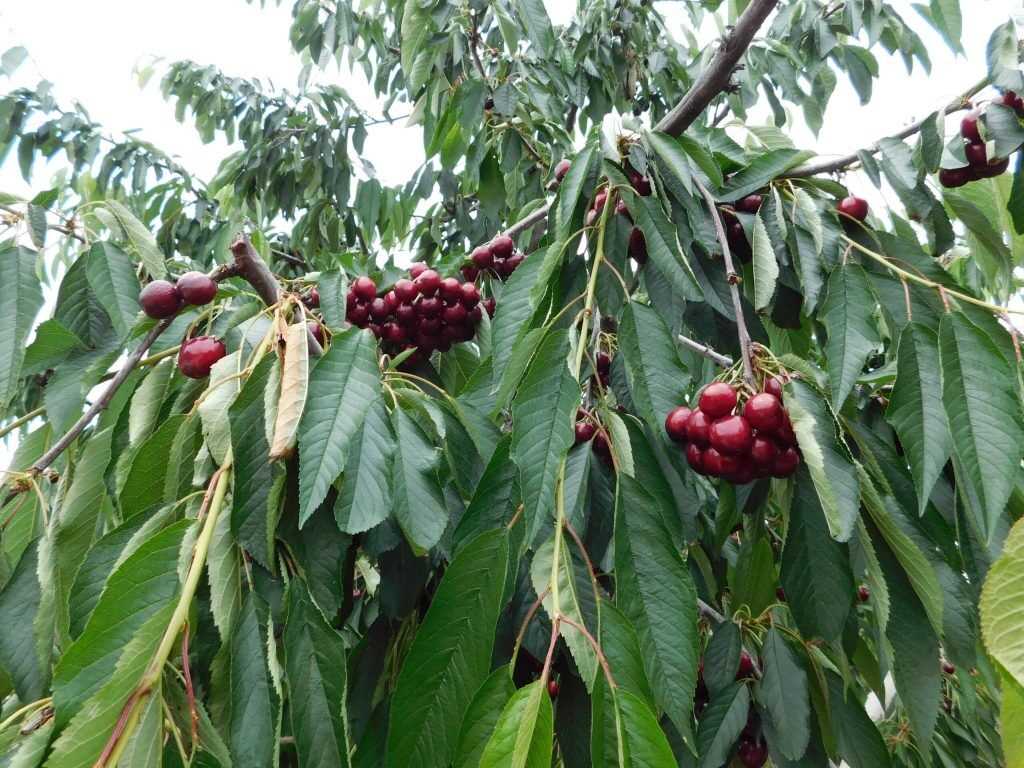
Regular pruning is essential for maintaining the health and productivity of cherry trees. Prune in late winter or early spring to remove dead or diseased branches, improve air circulation, and stimulate new growth. This will encourage more flowering in the following season.
3. Fertilize Appropriately
Provide your cherry trees with the nutrients they need to produce an abundance of flowers by applying a balanced fertilizer in early spring. Look for a fertilizer specifically formulated for fruit trees and follow the recommended application rates.
4. Ensure Adequate Watering
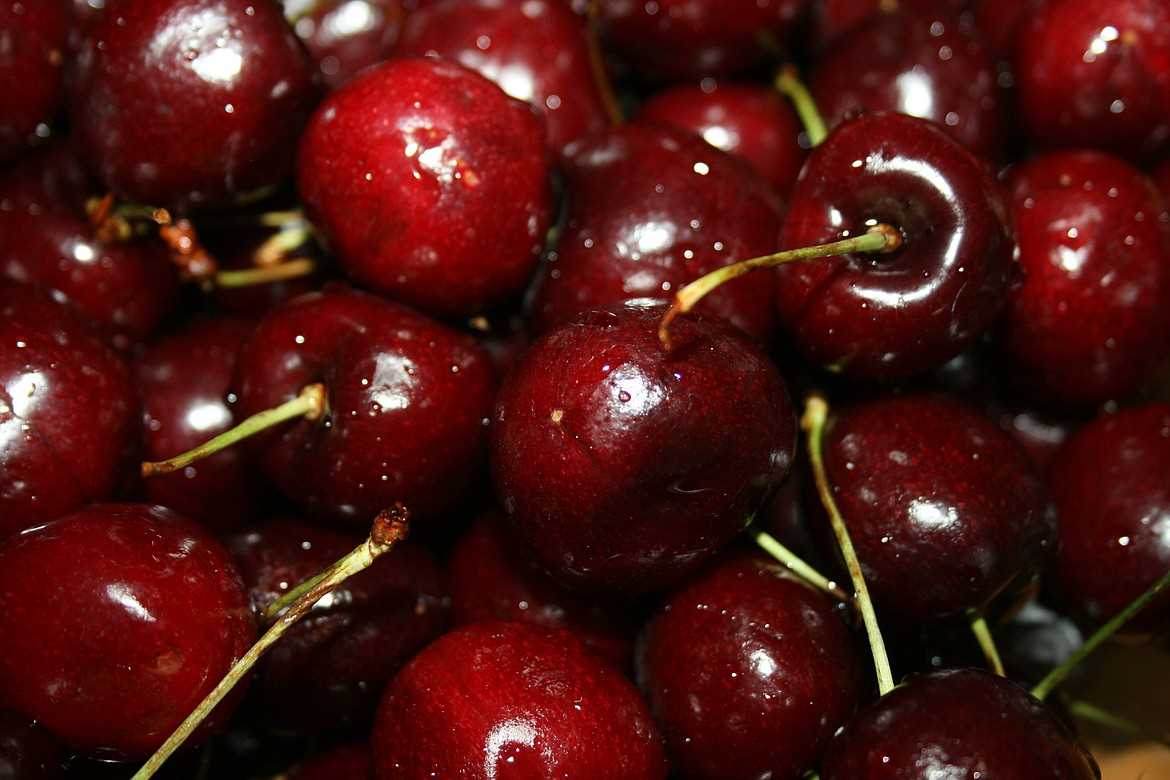
Proper watering is crucial during the flowering period. Cherry trees require consistent soil moisture to promote optimal flowering. Water deeply and thoroughly, aiming for around 1 inch of water per week. Avoid over-watering, as this can lead to root rot and other issues.
5. Consider Pollination
Cherry trees rely on pollinators to transfer pollen between flowers, resulting in fruit set. Ensure that there are enough pollinators, such as bees, in your area. You can also consider hand pollination by gently transferring pollen from one flower to another using a small brush.
6. Protect from Frost
Frost can damage or kill cherry blossoms, preventing fruit set. Protect your cherry trees from late spring frosts by covering them with breathable fabric or using frost protection equipment. Monitor the weather forecasts and take preventive measures when necessary.
By implementing these strategies, you can enhance the flowering of your cherry trees and maximize your cherry yield. Remember to adapt these tips to meet the specific requirements of your cherry tree variety and growing conditions.
The Best Time to Promote Flowering in Cherry Trees
When it comes to achieving a bountiful cherry harvest, promoting flowering in cherry trees at the right time is crucial. The timing of flower development in cherry trees can significantly impact the yield of the crop. Here, we will discuss the best time to promote flowering in cherry trees for maximizing your harvest.
Understanding Cherry Tree Flowering
Cherry trees go through different stages of flowering, starting with bud development, followed by the emergence of flowers. The timing of these stages can vary depending on the cherry tree variety and local climate conditions.
For most cherry tree varieties, the flowering period occurs in early spring. During this time, the trees enter the bud development stage, where small and dormant buds begin to swell and develop. It is crucial to closely monitor this stage to determine the best time for promoting flowering.
Promoting Flowering
To maximize the flowering and ultimately the yield of your cherry trees, it is essential to promote the right conditions during the bud development stage. Here are some key steps to follow:
- Pruning: Prune your cherry trees during the dormant period to remove any dead or diseased branches. This helps improve air circulation and allows more sunlight to reach the buds, promoting their development.
- Fertilization: Apply a balanced fertilizer rich in phosphorus and potassium in late winter or early spring. This provides the necessary nutrients for healthy bud development and flowering.
- Watering: Ensure that your cherry trees receive sufficient water during the bud development stage. Keep the soil consistently moist, but not waterlogged, to support optimal growth.
- Temperature: Monitor the weather conditions and protect your cherry trees from late frosts or prolonged cold periods, as these can damage the developing buds and affect flowering.
Conclusion
Promoting flowering in cherry trees at the right time is crucial for maximizing your yield. By understanding the stages of cherry tree flowering and following the necessary steps, such as proper pruning, fertilization, watering, and temperature management, you can increase the chances of a bountiful cherry harvest. It is essential to plan and implement these practices to ensure the health and productivity of your cherry trees.
Essential Factors for Successful Flowering in Cherry Orchards
1. Temperature
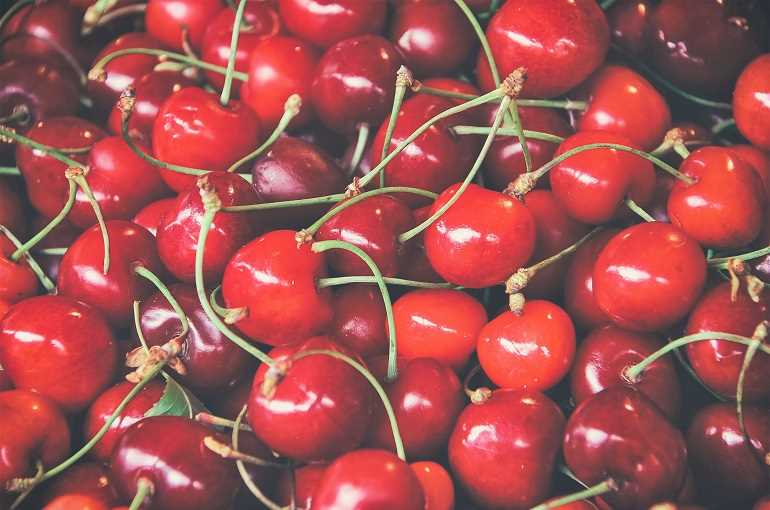
Cherries are a temperate fruit, and temperature plays a crucial role in the flowering process. The ideal temperature for cherry trees to flower is around 68 to 77 degrees Fahrenheit (20 to 25 degrees Celsius). When the temperature drops below 50 degrees Fahrenheit (10 degrees Celsius), cherry trees can enter a dormant state, preventing them from flowering. On the other hand, temperatures above 86 degrees Fahrenheit (30 degrees Celsius) can negatively affect flower development.
2. Sunlight
Sunlight is another essential factor for successful flowering in cherry orchards. Cherry trees require full sun exposure to encourage healthy flower development. Insufficient sunlight can result in weak or limited flower production. It is recommended to plant cherry trees in locations where they can receive at least 6 hours of direct sunlight per day.
3. Soil Conditions
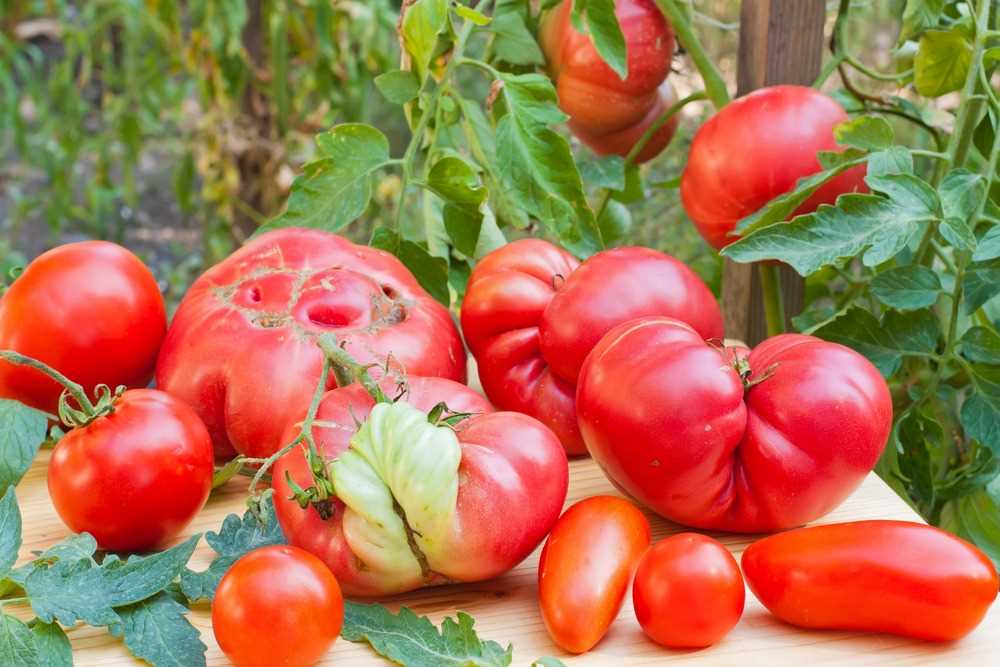
The right soil conditions are crucial for optimal flowering in cherry orchards. Cherry trees prefer well-draining soils that are rich in organic matter. The soil should have a pH level between 6 and 7 for optimal growth. Adequate soil moisture is also important, as too much or too little water can disrupt flower development. Regular soil testing and proper irrigation management are essential for maintaining the ideal soil conditions.
4. Pollination
Cherry trees, like many fruit trees, require cross-pollination for successful fruit set and yield. Most sweet cherry varieties are not self-fertile, meaning they need pollen from a different cherry variety to set fruit. Planting multiple cherry varieties that bloom at the same time can help ensure proper pollination and increase the chances of a successful harvest.
5. Pruning
Proper pruning is vital for maximizing flowering in cherry orchards. Pruning helps maintain the tree’s shape, improves air circulation within the canopy, and promotes the growth of new, fruit-bearing branches. By removing dead or diseased wood and thinning out crowded branches, pruning allows more sunlight and air to reach the flowers, increasing their chances of successful pollination and fruit development.
6. Pest and Disease Control
Effective pest and disease control are essential for healthy cherry tree growth and flowering. Insects, such as aphids and mites, can damage the flowers and reduce fruit set. Additionally, diseases like brown rot and bacterial canker can affect the overall health and flowering of cherry trees. Implementing a comprehensive pest and disease management plan, including regular monitoring, timely interventions, and the use of appropriate pesticides, can help protect the trees and ensure successful flowering.
By paying attention to these essential factors, cherry orchard owners can maximize flowering in their orchards, leading to increased fruit production and ultimately, a bountiful cherry harvest.
Techniques to Enhance Flowering in Cherry Trees
Flowering is a crucial stage in the development of cherry trees, as it directly affects the yield of the trees. By implementing the following techniques, you can enhance flowering in your cherry trees and maximize your harvest:
1. Pruning
Pruning is a technique that helps stimulate the growth of flowers in cherry trees. It involves removing dead or damaged branches, as well as thinning out the canopy to allow more sunlight to reach the inner parts of the tree. Proper pruning not only encourages the development of more flowers but also improves air circulation, reducing the risk of diseases.
2. Fertilization
Proper fertilization is essential for promoting flowering in cherry trees. Applying a balanced fertilizer with a higher phosphorus content in early spring can help boost flower production. Phosphorus is a key nutrient for flower development and can significantly impact the number of flowers on your trees. Additionally, regular soil testing can help determine any nutrient deficiencies and allow you to adjust your fertilizer application accordingly.
3. Cold Temperatures
Cherry trees require a specific number of cold hours to break dormancy and initiate flowering. This period of chilling is crucial for flower bud formation. To enhance flowering, it is important to select cherry tree varieties that are well-suited to your climate and can fulfill their chilling requirements. Providing the necessary cold temperatures during winter ensures optimal flower production in the spring.
4. Pollination
Pollination is a vital process for cherry tree flowering. While some cherry tree varieties are self-pollinating, others require cross-pollination with another compatible variety. To ensure successful pollination, it is important to plant different cherry tree varieties that bloom at the same time and are compatible for cross-pollination. This increases the chances of flower fertilization and fruit development.
5. Pest and Disease Management
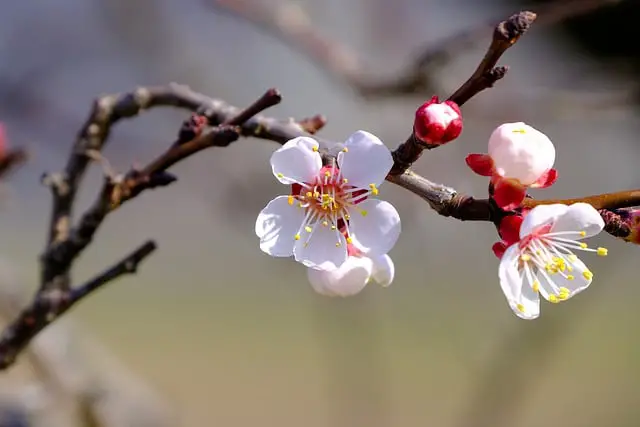
Pests and diseases can hinder flower development and reduce the yield of cherry trees. Implementing proper pest and disease management techniques, such as regular monitoring, timely application of appropriate pesticides, and maintaining good orchard sanitation, can help protect the trees from infestations and diseases. This, in turn, promotes healthy flower development and improves overall tree health.
By applying these techniques, you can enhance flowering in your cherry trees, leading to a bountiful harvest. Remember to tailor your efforts based on the specific requirements of your tree variety and climate for optimal results.
The Impact of Pollination on Cherry Fruit Set
Pollination plays a crucial role in the successful fruit set of cherry trees. Without proper pollination, cherry trees may produce fewer fruits or fail to produce any at all. Understanding the impact of pollination on cherry fruit set is essential for maximizing yield and ensuring a bountiful harvest.
The Basics of Pollination
Pollination is the process by which pollen grains are transferred from the male reproductive organs (anthers) of a flower to the female reproductive organs (stigma) of the same or another flower. In cherry trees, this transfer of pollen can occur through various means, including wind, insects, and birds.
Cherry trees are classified as self-fertile or self-sterile, depending on their ability to produce fruit with pollen from their own flowers. Self-fertile varieties can pollinate themselves and set fruit, while self-sterile varieties rely on cross-pollination with a compatible pollen source.
The Role of Pollination in Cherry Fruit Set
Pollination is a crucial step in the cherry fruit set process. When pollen is transferred to the stigma, it germinates and travels down the style to reach the ovules, where fertilization takes place. Fertilized ovules develop into seeds, and the surrounding tissue undergoes significant changes, ultimately forming the cherry fruit.
Proper pollination ensures that an adequate number of ovules are fertilized, leading to the development of a higher number of seeds within the cherry fruit. This, in turn, results in larger, plumper cherries and a higher fruit set.
Influencing Factors
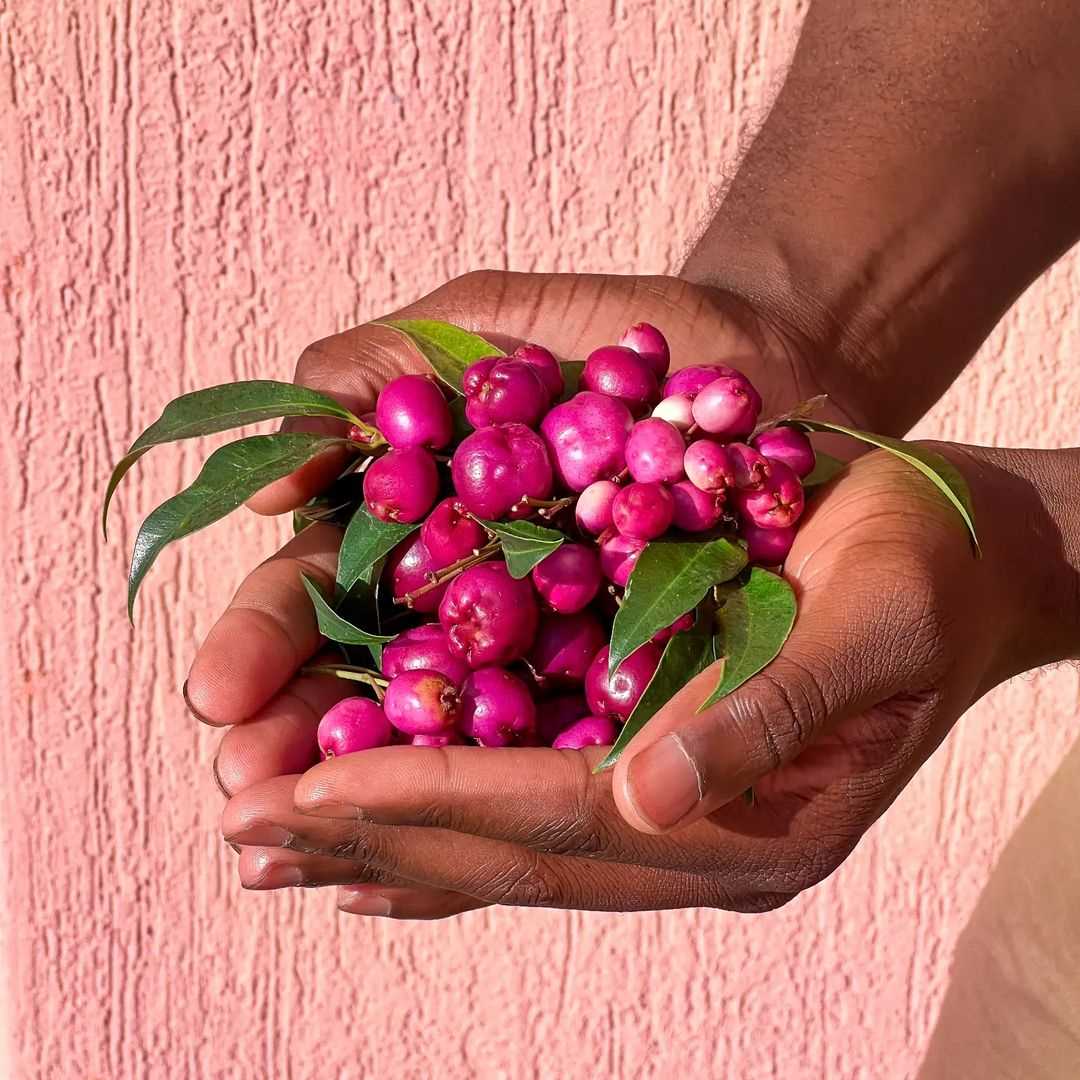
Several factors can influence the effectiveness of pollination and, consequently, the fruit set of cherry trees. These factors include:
- Availability of pollinators: Insect activity, such as bees, is crucial for the transfer of pollen between flowers. Ensuring a healthy population of pollinators is essential for optimal fruit set.
- Timing of flowering: Cherry trees have a limited window of time during which their flowers are receptive to pollen. Matching flowering times with compatible pollen sources is vital for successful cross-pollination.
- Pollen compatibility: Self-sterile cherry varieties require cross-pollination with a compatible pollen source. Planting different cherry varieties with overlapping flowering times can increase the chances of successful cross-pollination.
Maximizing Pollination and Fruit Set
To maximize pollination and fruit set in cherry trees, growers can implement various strategies:
- Planting compatible varieties: Choosing a mix of self-fertile and compatible self-sterile cherry varieties with overlapping flowering times can increase the chances of successful pollination and fruit set.
- Attracting pollinators: Creating a pollinator-friendly environment by planting nectar-rich flowers and providing nesting sites can attract bees and other beneficial insects, increasing the likelihood of successful pollination.
- Optimizing orchard management practices: Proper pruning, disease control, and maintaining optimum tree health can create an environment conducive to successful pollination and fruit set.
Conclusion
Pollination plays a vital role in determining the fruit set of cherry trees. Understanding the basics of pollination, its impact on fruit set, and the factors influencing effective pollination can help growers maximize their cherry yield and ensure a bountiful harvest.
Biological and Chemical Methods to Promote Flowering in Cherry Trees
1. Biological methods
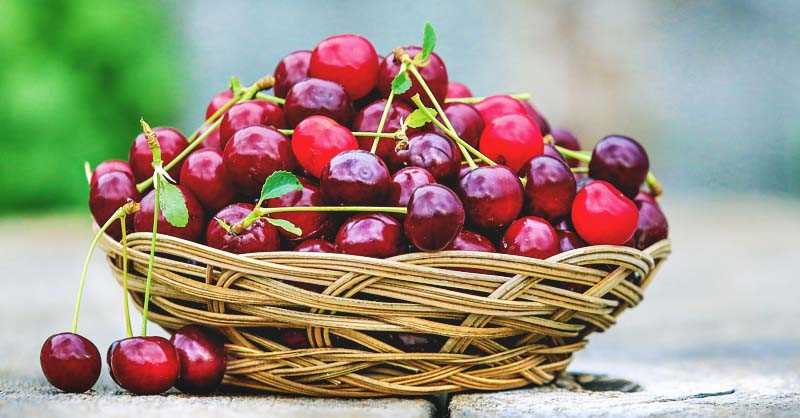
Biological methods to promote flowering in cherry trees involve natural processes and organisms that help stimulate the tree’s reproductive cycle. These methods are often environmentally friendly and sustainable:
- Pollination: Ensuring proper pollination is crucial for cherry tree flowering. Introducing honeybees or providing habitats for native pollinators can significantly enhance pollination rates.
- Pruning: Pruning cherry trees in late winter or early spring helps stimulate dormant buds and encourages flowering. Removing dead or damaged branches also improves overall tree health.
- Fruit thinning: Thinning the developing cherries on the tree can redirect the tree’s energy towards promoting flowering and reducing fruit load. This can be done by removing excess fruit clusters or individual cherries.
- Cross-pollination: Planting different cherry tree varieties near each other can increase cross-pollination and encourage flowering. This can result in higher fruit yields due to improved pollen availability.
2. Chemical methods
Chemical methods involve the use of specific compounds or substances to promote flowering in cherry trees. It is essential to follow label instructions and use appropriate safety precautions when using chemical methods:
- Gibberellic acid: Applying gibberellic acid to the cherry tree can promote flowering and fruit set. This growth regulator stimulates cell division and elongation, enhancing flower development.
- Phosphorus fertilizer: Adequate levels of phosphorus can improve flower production in cherry trees. Adding a phosphorus-rich fertilizer during the early stages of bud development can help promote flowering.
- Plant growth regulators: Certain growth regulators, such as cytokinins and auxins, can be applied to cherry trees to enhance flowering. These hormones influence plant growth and development, including flower formation.
- Calcium nitrate: Calcium nitrate can be used as a foliar spray to improve flower bud formation in cherry trees. It provides essential nutrients to the tree and enhances overall flower production.
By employing a combination of biological and chemical methods, cherry tree growers can maximize flowering and ultimately increase their yield. It is important to choose methods that align with the specific needs and goals of the orchard while keeping in mind environmental sustainability.
Question-answer:
Why is flowering important for a cherry harvest?
Flowering is important for a cherry harvest because it is the stage when the tree produces blossoms that will eventually turn into cherries. Without proper flowering, there will be no cherries to harvest.
How can I ensure maximum flowering for my cherry trees?
To ensure maximum flowering for your cherry trees, you should provide them with proper care and maintenance. This includes proper pruning, fertilization, and pest control. Additionally, it is important to plant cherry trees in an area with good sunlight and proper drainage.
What are some common mistakes that can lead to poor flowering?
Some common mistakes that can lead to poor flowering include improper pruning, over-fertilization, lack of sunlight, and inadequate water drainage. It is important to avoid these mistakes to maximize the flowering of your cherry trees.
Can I use chemical fertilizers to enhance flowering?
Yes, you can use chemical fertilizers to enhance flowering, but it is important to use them judiciously and according to the instructions provided. Overuse of chemical fertilizers can have negative effects on the overall health of the tree and may not necessarily lead to better flowering.
Are there any natural methods to increase flowering in cherry trees?
Yes, there are several natural methods that can help increase flowering in cherry trees. These include using organic fertilizers, ensuring proper pruning techniques, attracting pollinators like bees, and providing adequate water and sunlight. These natural methods promote the overall health of the tree and are generally more sustainable in the long run.
What is the best time to prune cherry trees for optimal flowering?
The best time to prune cherry trees for optimal flowering is late winter or early spring, before the tree begins to bud. Pruning during this time allows for better air circulation and light penetration to the branches, which in turn promotes better flowering and fruit production.







